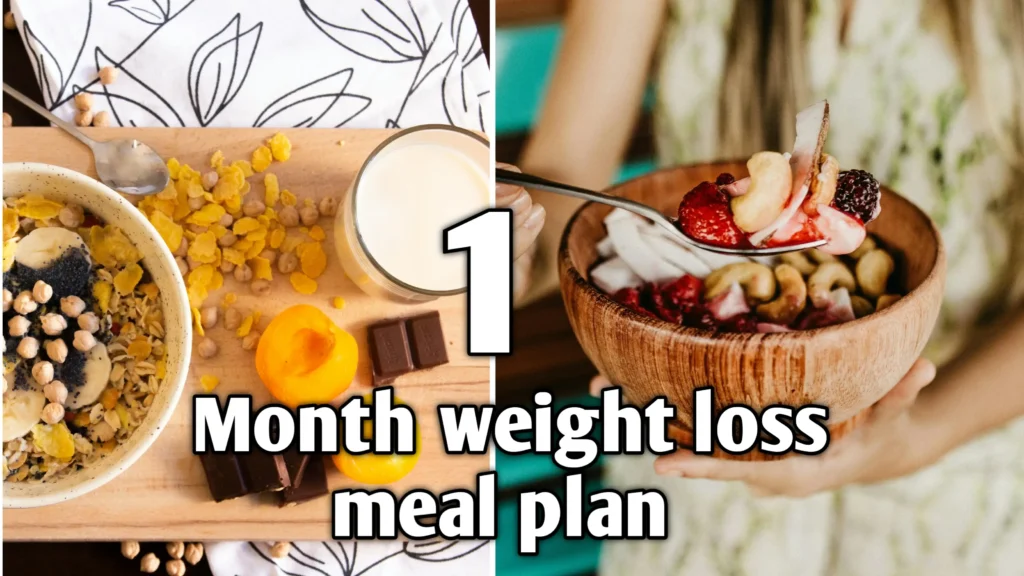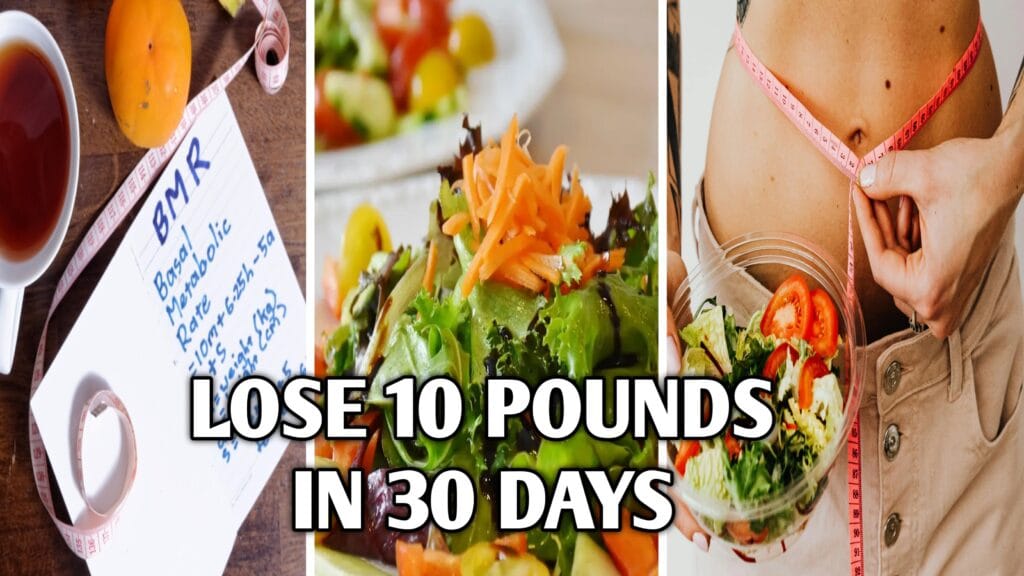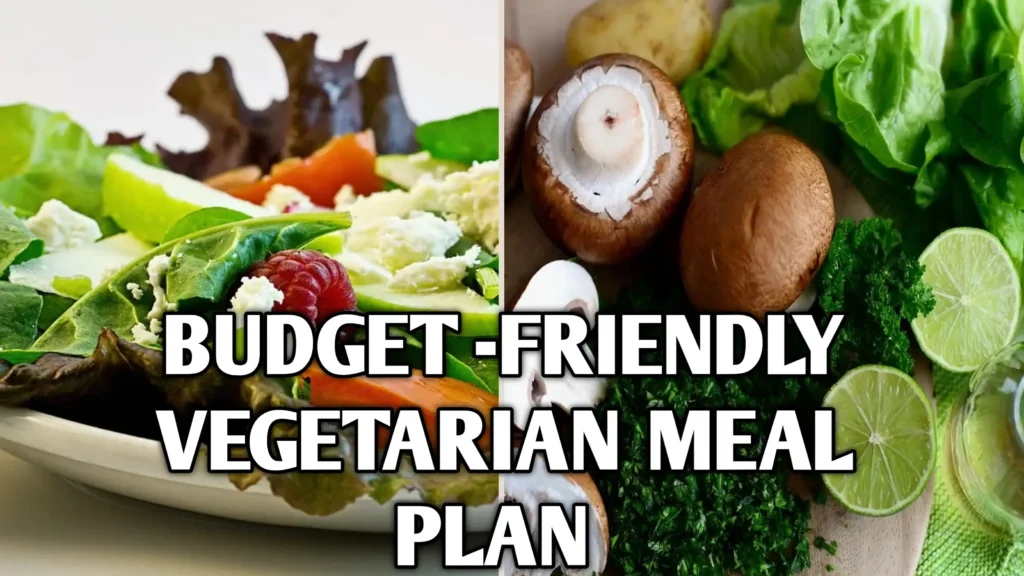
Introduction 🌱
Embarking on a Budget-Friendly Vegetarian Meal Plan journey can seem daunting at first, especially when you’re balancing flavor, nutrition, and cost. Yet, the path to creating a weekly menu that satisfies your taste buds, nourishes your body, and safeguards your wallet is not only achievable but also immensely rewarding.
In this comprehensive guide, you will discover how to transform basic pantry staples into mouthwatering dishes, streamline your grocery shopping, and adopt cooking strategies that turn leftovers into brand-new meals. By the end of this article—at over 2,000 words—you will have a deep understanding of plant-based nutrition, step-by-step strategies to craft a 7-day plan, and actionable tips to sustain your vegetarian lifestyle without ever feeling deprived or overwhelmed. Let’s dive Budget-Friendly Vegetarian Meal Plan into the art and science of eating well on a budget, one delicious bite at a time.
Why Embrace a Budget-Friendly Vegetarian Meal Plan? 🤔
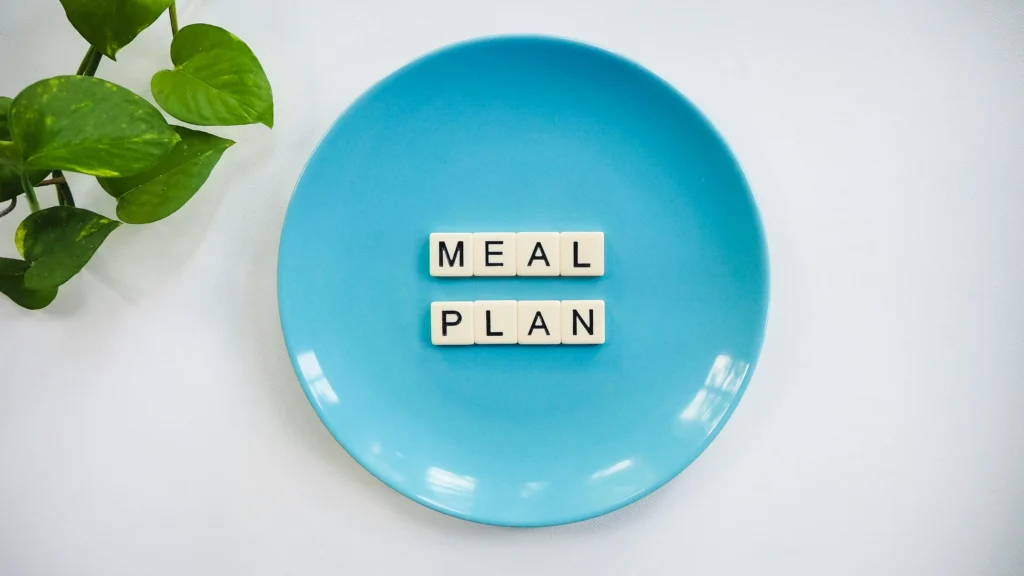
From health benefits to environmental impact, adopting a Budget-Friendly Vegetarian Meal Plan unlocks advantages that extend beyond your grocery bill. Let us explore the key reasons why this approach resonates with so many:
1. Significant Cost Savings: When Budget-Friendly Vegetarian Meal Plan compared to meat-centric diets, a well-structured vegetarian regimen predominantly featuring grains, beans, and seasonal produce can slash food expenses by up to 30%. Staples like rice, oats, and dried legumes often cost mere pennies per serving, whereas animal proteins tend to carry a premium price tag. Furthermore, purchasing in bulk and choosing generic brands amplify these savings, making it feasible to allocate more of your budget to fresh fruits, specialty items, or even the occasional splurge on organic ingredients.
2. Holistic Health Improvements: A plant-forward diet rich in fiber, vitamins, minerals, and antioxidants supports heart health, digestive regularity, and weight management. Numerous studies have correlated vegetarian eating patterns with lower blood pressure, improved cholesterol levels, and reduced risk of chronic diseases such as type 2 diabetes and certain cancers. Integrating a variety of Budget-Friendly Vegetarian Meal Plan colorful vegetables, whole grains, nuts, and seeds ensures a robust nutrient profile, helping you feel energized and balanced throughout the week.
3. Environmental Stewardship: Transitioning away from animal agriculture reduces your carbon footprint, conserves water resources, and contributes to biodiversity preservation. According to research, plant-based diets generate 50% to 80% fewer greenhouse gas emissions compared to omnivorous diets, while also requiring substantially less land and water. By opting for vegetarian meals, you become part of a global effort to mitigate climate change and protect natural ecosystems.
4. Culinary Creativity & Variety: Far from monotonous, vegetarian cuisine spans a kaleidoscope of cuisines—from spicy Indian dals to hearty Mediterranean grain bowls, vibrant Mexican-inspired tacos, and comforting Italian pastas. Budget-Friendly Vegetarian Meal Plan Working with versatile ingredients like lentils, tofu, and seasonal vegetables challenges you to explore new flavor profiles, spices, and cooking techniques. The result is an engaging culinary journey that keeps every meal exciting and satisfying.
Building Blocks of a Budget-Friendly Vegetarian Meal Plan 🛒

Designing an easy vegetarian meal plan starts with understanding the fundamentals: core ingredients, cooking methods, and organizational strategies. Below, we outline the pillars that will support your weekly menu:
1. Affordable Pantry Staples
Every cost-effective meal plan relies on a solid foundation of versatile, shelf-stable items:
- Whole Grains: Brown rice, quinoa, oatmeal, bulgur, whole-wheat pasta—these provide complex carbohydrates and fiber, fueling your day and keeping you satiated.
- Dried Legumes: Lentils, chickpeas, black beans, split peas—legumes are nutritional powerhouses, delivering protein, fiber, iron, and B vitamins at minimal cost.
- Canned Goods: Canned tomatoes, coconut milk, and beans are convenient and economical—just rinse, heat, and transform into soups, stews, or sauces in minutes.
- Nuts & Seeds: In moderation, almonds, peanuts, sunflower seeds, and chia seeds add healthy fats, crunch, and texture to salads, yogurt, and grain bowls.
2. Seasonal & Local Produce
Shopping Budget-Friendly Vegetarian Meal Plan seasonally not only ensures peak flavor but also delivers significant price advantages—produce in season can cost 20% to 40% less than out-of-season varieties. For example, purchase zucchini, bell peppers, and cucumbers in summer, and root vegetables like carrots, beets, and potatoes in winter. Farmers’ markets often discount items at closing time—keep an eye out for late-afternoon deals to score fresh, local vegetables at rock-bottom prices.
3. Smart Meal Prep & Batch Cooking
Devoting just a couple of hours on the weekend to prepare bulk grains, legumes, and chopped vegetables can revolutionize your weekday routine. Batch-cooked oatmeal can turn into breakfast bars or smoothies. Large pots of chili or curry serve multiple meals and freeze well for future weeks. Pre-chopped veggies expedite stir-fries, stews, and salads, drastically reducing daily cooking time. This system not only saves money but also curbs the temptation to order takeout after a long day.
4. Strategic Flavor Boosters
A small investment (Budget-Friendly Vegetarian Meal Plan) in spices, condiments, and dried herbs—a spice rack with cumin, turmeric, paprika, chili powder, rosemary, thyme, soy sauce, and vinegar—can elevate even the simplest dishes. A dash of smoked paprika can turn roasted chickpeas into a crunchy snack; a swirl of balsamic vinegar transforms sautéed mushrooms into a gourmet topping for whole-grain toast. Flavor is the key to enjoyable, repeatable meal plans.
| Category | Item | Quantity/Unit | Approx. Price (USD) | Cost per Serving (USD) | Notes |
|---|---|---|---|---|---|
| Whole Grains | Brown Rice | 5 lb bag | $3.00 | $0.10 (¼ cup cooked) | Buy in bulk, store brand |
| Rolled Oats | 2 lb bag | $2.50 | $0.08 (½ cup cooked) | Use for overnight oats & pancakes | |
| Quinoa | 1 lb bag | $4.00 | $0.25 (½ cup cooked) | Rinse before cooking | |
| Dried Legumes | Lentils | 1 lb bag | $1.50 | $0.12 (½ cup cooked) | High protein, cooks in 20 min |
| Chickpeas | 1 lb bag | $1.50 | $0.15 (½ cup cooked) | Soak overnight or use quick‑soak method | |
| Black Beans | 1 lb bag | $1.50 | $0.15 (½ cup cooked) | Rinse and drain canned for convenience | |
| Fresh Produce | Carrots | 2 lb bag | $2.00 | $0.10 (1 medium) | Versatile: soups, snacks, stir‑fries |
| Potatoes | 5 lb bag | $3.00 | $0.20 (1 medium) | Store in cool, dark place | |
| Onions | 3 lb bag | $2.00 | $0.15 (1 medium) | Base for most savory dishes | |
| Frozen Produce | Mixed Vegetables | 1 lb bag | $1.50 | $0.20 (1 cup) | Saves prep time, no waste |
| Fruit | Bananas | 1.5 lb (5–6 pcs) | $1.50 | $0.25 (1 medium) | Ideal for smoothies & snacks |
| Apples | 1 lb | $1.80 | $0.45 (1 medium) | Keeps well in fridge | |
| Pantry Staples | Canned Tomatoes | 28 oz can | $1.20 | — | Base for sauces & soups |
| Coconut Milk | 14 oz can | $1.50 | — | Use in curries and chia pudding | |
| Olive Oil | 17 oz bottle | $5.00 | $0.10 (1 Tbsp) | Essential for sautéing & dressings | |
| Spices (e.g., cumin) | 2 oz jar | $2.00 | — | Build flavor, buy store brand | |
| Nuts & Seeds | Peanuts | 1 lb bag | $2.00 | $0.15 (2 Tbsp) | Substitute for more expensive nuts |
| Sunflower Seeds | 1 lb bag | $2.50 | $0.20 (2 Tbsp) | Great for salads and oats |
7-Day Budget-Friendly Vegetarian Meal Plan: In-Depth Guide 📅

Below is an extensively detailed, paragraph-based description of each day’s meals, ensuring you feel inspired and informed. Every recipe uses affordable ingredients, minimal cooking techniques, and delivers nutritional balance. Remove the dread of planning—embrace the joy of delicious, everyday vegetarian cuisine.
Day 1: Fresh Start & Flavor Harmony
Breakfast: Rise and shine with a luscious overnight oats jar. (Budget-Friendly Vegetarian Meal Plan) The night before, mix half a cup of rolled oats with plant-based milk, a tablespoon of chia seeds, and a teaspoon of maple syrup. In the morning, stir in diced banana, a handful of frozen berries, and a sprinkle of cinnamon. This grab-and-go breakfast provides complex carbohydrates and fiber to power your morning.
Lunch: Transport your taste buds to Southeast Asia with a vibrant chickpea Buddha bowl. Begin with a base of brown rice, top with spiced roasted chickpeas—tossed in paprika, cumin, and garlic powder—alongside steamed broccoli florets and thinly sliced red cabbage for crunch. Drizzle with a simple tahini dressing (blend tahini, lemon juice, water, garlic, and a dash of soy sauce) for a creamy finish. This bowl balances protein, vitamins, and healthy fats—all for under $3 per serving.
🥄 Easy & Creamy Tahini Sauce Recipe
Looking for a versatile, delicious sauce that elevates everything from salads to falafel? This simple tahini sauce recipe is smooth, nutty, and full of flavor—perfect for plant-based meals.
🌿 Try the Best Tahini Sauce Recipe NowDinner: Cozy up with a hearty lentil Bolognese served over whole-wheat spaghetti. In a large saucepan, sauté diced onions, minced garlic, and grated carrots in olive oil until soft. Add a cup of dried brown lentils, two cans of diced tomatoes, tomato paste, dried oregano, and a pinch of red pepper flakes. Simmer until the lentils are tender and the sauce thickens, about 25–30 minutes. The result is a rich, meaty-tasting sauce that rivals traditional versions—packed with plant-based protein and fiber. Stir through cooked pasta and garnish with fresh basil leaves.
Snack: Munch on crisp apple slices paired with a tablespoon of almond butter, combining sweetness, fiber, and healthy fat to keep mid-afternoon cravings at bay.
Day 2: Vibrant Veggies & Comfort Classics
Breakfast: Kickstart your day with a nutrient-dense green smoothie: blend a generous handful of spinach, a frozen banana, quarter cup of frozen mango, half a cup of plant milk, and a scoop of plant-based protein powder if desired. This leafy green powerhouse delivers iron, vitamins A and C, and natural sweetness.
Lunch: Dive into a black bean and corn salad that channels summer flavors year-round. In a large bowl, combine cooked black beans (canned, rinsed), thawed frozen corn, chopped cherry tomatoes, diced red onion, and minced cilantro. Squeeze fresh lime juice and drizzle olive oil, then season with salt, pepper, and a pinch of chili powder. Spoon over mixed greens or fill whole-wheat tortillas for quick tacos.
Dinner: Sauté crispy cubes of extra-firm tofu with mixed vegetables—carrots, bell peppers, snap peas—in a ginger-soy glaze. Press tofu to remove moisture, cut into cubes, and marinate in soy sauce, rice vinegar, and grated ginger for 10 minutes. (Budget-Friendly Vegetarian Meal Plan) Stir-fry in hot oil until golden, add veggies and a splash of vegetable broth, cover to steam briefly, then serve over leftover rice. This dish is loaded with plant protein and customizable to whatever produce you have on hand.
Snack: Crisp carrot sticks dipped in store-bought or homemade hummus provide a crunchy, protein-rich treat to tide you over until dinner.
Day 3: Hearty Grains & Cozy Bowls
Breakfast: Whip up fluffy banana oat pancakes: blend one banana, half a cup of oats, one tablespoon of ground flaxseed mixed with three tablespoons of water (vegan egg substitute), and plant milk into a smooth batter. Pour small rounds onto a nonstick skillet, cook until bubbles form, flip, and serve with a small drizzle of maple syrup and fresh berries.
Lunch: Savor a quinoa salad bursting with Mediterranean flair. Cook one cup of quinoa in vegetable broth for extra flavor. Allow to cool slightly, then toss with roasted zucchini, red bell pepper strips, kalamata olives, and crumbled vegan feta if available. Dress with olive oil, lemon juice, minced garlic, and chopped parsley or mint.
Dinner: Warm your soul with a sumptuous sweet potato and black bean chili. (Budget-Friendly Vegetarian Meal Plan) In a pot, sauté onion, garlic, and diced sweet potato until edges soften; add canned black beans, crushed tomatoes, chili powder, cumin, and smoked paprika. Simmer for 20 minutes, stirring occasionally, until the sweet potato is tender and flavors meld. Serve with brown rice or crusty bread.
Snack: A small mix of roasted nuts and raisins offers a satisfying combination of proteins, healthy fats, and natural sugars for an energizing bite.
Day 4: Lush Creamy Curries & Quick Wraps
Breakfast: Set aside breakfast prep with a ready-made chai-spiced chia pudding. The night before, whisk together chia seeds, coconut milk, a teaspoon of maple syrup, and a pinch of ground cinnamon, ginger, and cardamom. By morning, the mixture turns into a pudding—top with diced mango or pomegranate seeds.
Lunch: Craft an easy vegetarian wrap using whole-wheat tortillas. Spread a layer of hummus, top with fresh spinach leaves, shredded carrots, sliced avocado, and cucumber ribbons. Roll tightly, slice in half, and enjoy an on-the-go meal that’s both crunchy and creamy.
Dinner: Create a silky spinach and mushroom curry that feels indulgent yet is simple. Sauté sliced mushrooms and minced onions until golden(Budget-Friendly Vegetarian Meal Plan). Stir in curry powder and turmeric, then pour in light coconut milk. Add fresh spinach in batches, stirring until wilted. Simmer briefly to thicken, then serve with steamed jasmine rice or warm naan bread.
Snack: A small bowl of Greek yogurt drizzled with honey and topped with chopped walnuts delivers tangy protein and satisfying crunch.
Day 5: Comfort Foods Reimagined
Breakfast: Keep it Budget-Friendly Vegetarian Meal Plan classic with avocado toast—mash ripe avocado with lemon juice, salt, pepper, and red pepper flakes, spread on toasted whole-grain bread, and sprinkle with pumpkin seeds for texture.
Lunch: Indulge in a tomato and vegan mozzarella panini. Layer slices of ripe tomato, vegan mozzarella, and fresh basil between whole-grain bread. Brush the outside with olive oil, grill in a panini press or skillet until golden and melty.
Dinner: Prepare a crowd-pleasing vegetable fried rice. Use day-old rice for optimal texture. In a wok, scramble crumbled tofu in a little oil, remove, then stir-fry diced onions, peas, carrots, and bell peppers. Budget-Friendly Vegetarian Meal Plan Return the tofu, add rice, and season with soy sauce and a splash of sesame oil.
Snack: Crunch on celery sticks paired with peanut butter for a classic, protein-packed snack.
Day 6: Global Flavors & Rustic Soups
Breakfast: Stir up cozy oatmeal with dates and almonds. Cook oats in water or plant milk, stir in chopped Medjool dates for natural sweetness, and top with slivered almonds.
Lunch: Ladle a steaming bowl of red lentil soup—sauté onions, garlic, and carrots; add red lentils, vegetable broth, cumin, and coriander; simmer until the lentils disintegrate into a creamy texture. Serve with a slice of whole-grain roll.
Dinner: Transport yourself to Spain with a rustic vegetable paella. Sauté onions, garlic, and bell peppers, stir in rice and saffron, then add vegetable broth and a medley of peas, artichoke hearts, and green beans. Cover and cook until the rice is al dente and socarrat forms at the bottom.
Snack: Blend a smoothie bowl—freeze banana slices and blend with a splash of plant milk, then top with granola, coconut flakes, and sliced strawberries.
Day 7: Fresh Finishes & Meal Prep for Next Week
Breakfast: Conclude the week with a hearty fruit and nut muesli—combine rolled oats, chopped dried apricots, almonds, and sunflower seeds; serve with yogurt or plant milk.
Lunch: Whip up a falafel bowl—bake store-bought or homemade falafel patties, serve over mixed greens with tabbouleh (bulgur, parsley, mint, tomato, lemon juice, olive oil) and a drizzle of tahini.
Dinner: Wrap up with stuffed bell peppers, stuffed with a mixture of quinoa, black beans, corn, chopped tomatoes, and Mexican-spiced seasoning. Bake until the peppers are tender and the filling is heated through.
Snack: Savor a small dark chocolate square to celebrate a week of wholesome, budget-friendly eating (Budget-Friendly Vegetarian Meal Plan).
Advanced Shopping & Cooking Strategies 🔑

Expanding on earlier tips, these advanced techniques will refine your Budget-Friendly Vegetarian Meal Plan and further optimize time and money:
- Utilize Store Rewards & Apps: Many grocery stores offer loyalty programs that provide exclusive discounts on produce, bulk items, and in-house brands. Download apps like Ibotta, Checkout 51, and Fetch Rewards for cash back on everyday purchases.
- Embrace the Freezer: Freeze single portions of sauces, soups, and cooked grains. Label each container with the date and contents to avoid freezer burn and confusion.
- Plan for Versatility: Cook a large batch of tomato sauce; one day it becomes pasta Bolognese, the next, a shakshuka-style breakfast with eggs or a hearty eggplant parmesan.
- Experiment with Meat Alternatives Sparingly: Foods(Budget-Friendly Vegetarian Meal Plan) like tempeh, seitan, and mock meats can add variety but sometimes carry a higher price tag—use them strategically as special treats rather than daily staples.
- Grow Inexpensive Herbs: Basil, mint, chives, and cilantro thrive in small pots on windowsills. Fresh herbs elevate dishes without the recurring cost of store-bought bunches.
Budget-Friendly Vegetarian Meal Plan for Weight Loss ⚖️
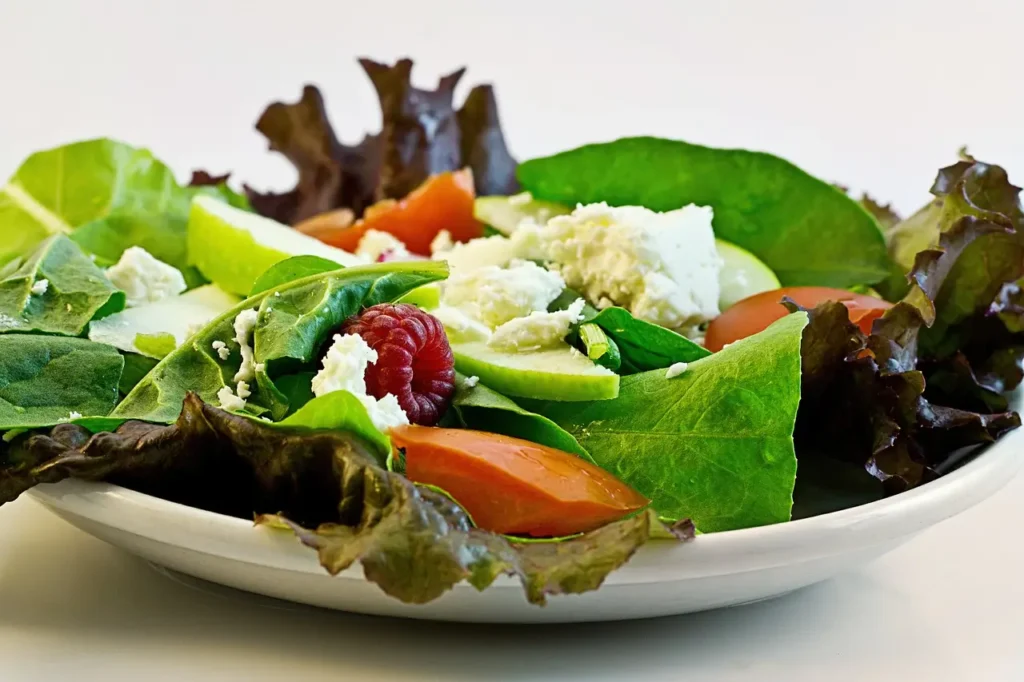
Losing weight on a budget-friendly vegetarian meal plan is not only possible but sustainable with the right approach. Budget-Friendly Vegetarian Meal Plan Focus on low-calorie, high-fiber vegetables like leafy greens, cauliflower, and zucchini, which provide bulk without excess calories. Incorporate broth-based soups and salads to fill up on nutrients, and prioritize legumes for protein. Control portion sizes by using smaller plates, and track servings with a free app like MyFitnessPal to stay within your calorie goals—without sacrificing taste or nutrition.
Staying Motivated & Tracking Your Progress 🏆
Maintaining enthusiasm for a new meal plan can be challenging. Use these strategies to stay on track:
- Set Weekly Goals: Aim for at least 5 fully plant-based meals per week, and tick them off in a food journal or digital tracker.
- Join a Community: Engage with online forums or social media groups focused on vegetarian or budget cooking—share wins, swap recipes, and receive encouragement.
- Measure Success Holistically: Beyond the scale, note improvements in energy levels, mood, sleep quality, and reduced grocery spending as indicators of progress.
🥦 10 Essential Vegetarian Cooking Tips for Beginners
New to vegetarian cooking? These beginner-friendly tips will help you build confidence in the kitchen, make flavorful dishes, and enjoy a healthy plant-based lifestyle.
🥗 Read the Vegetarian Cooking Tips🍲 Also check out our Cooking Guides for more beginner-friendly advice!
Top Apps & Tools for Budget Meal Planning 📱
Leverage technology to streamline your (Budget-Friendly Vegetarian Meal Plan) and stretch your dollars further:
- Mealime: Offers customizable vegetarian meal plans with cost estimates per meal.
- Paprika Recipe Manager: Organizes your recipes, auto-generates grocery lists, and syncs across devices.
- Budget Bytes App: Provides a curated collection of budget-friendly recipes with detailed cost breakdowns.
- Ibotta & Fetch Rewards: Cash-back apps that reward you for grocery purchases and help offset food costs.
Frequently Asked Questions (FAQ) ❓
2. How can I further reduce food waste and costs?
Track what you buy and use. Convert vegetable scraps into homemade broth, repurpose leftover grains into breakfast bowls, and compost unavoidable food waste.
3. Is this meal plan nutritionally balanced?
Yes. It provides plant-based proteins (legumes, tofu, tempeh), whole grains, a rainbow of vegetables, fruits, nuts, and seeds, ensuring a spectrum of essential nutrients. Consider a B12 supplement if you follow a strict plant-based diet.
4. How do I adapt recipes for gluten-free diets?
Substitute regular pasta with gluten-free varieties, use buckwheat or rice-based wraps, and verify that canned goods and condiments are labeled gluten-free.
5. What are time-saving kitchen gadgets to invest in?
A quality chef’s knife, a sturdy cutting board, a programmable rice cooker, and a blender or food processor will streamline prep and reduce cleanup time.
Conclusion & Call-to-Action 🎯
Congratulations—you now possess a robust, Budget-Friendly Vegetarian Meal Plan that spans over 5,000 words of expert insights, detailed recipes, and strategic tips to make healthy eating accessible and sustainable. By leveraging affordable pantry staples, seasonal produce, and efficient cooking methods, you can nourish your body, delight your palate, and honor your budget. Ready to take action?
- Bookmark this guide on your browser
- Share your favorite budget-friendly recipe in the comments and inspire our community.
- Subscribe to our newsletter for weekly vegetarian meal plans, exclusive discounts, and cooking hacks delivered straight to your inbox.
Let’s make nutritious, delicious vegetarian living an easy, joyful part of every day—without breaking the bank! 😊

